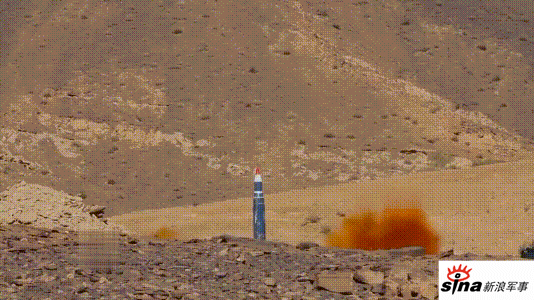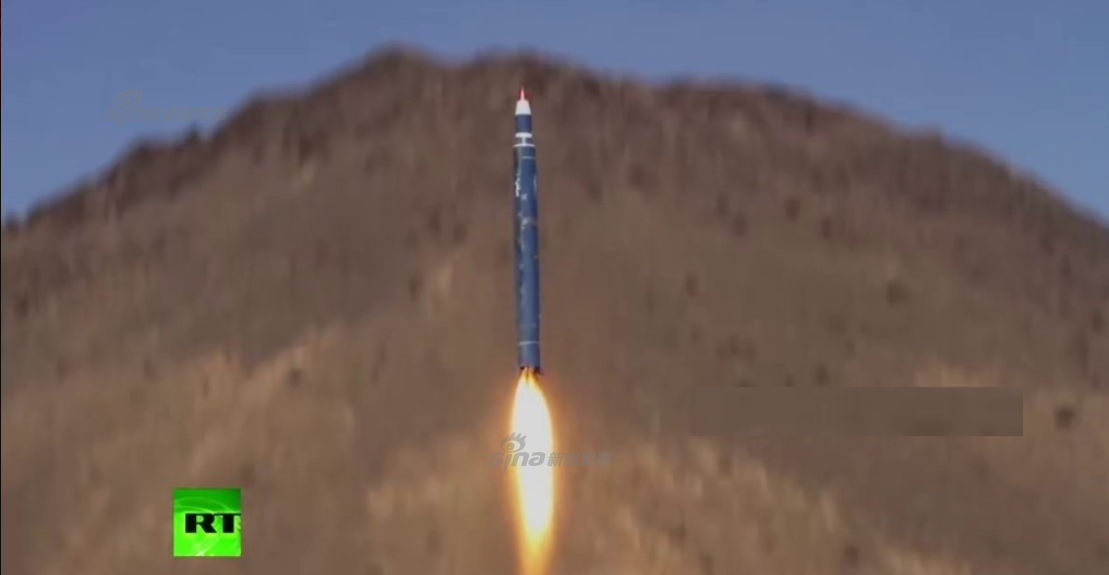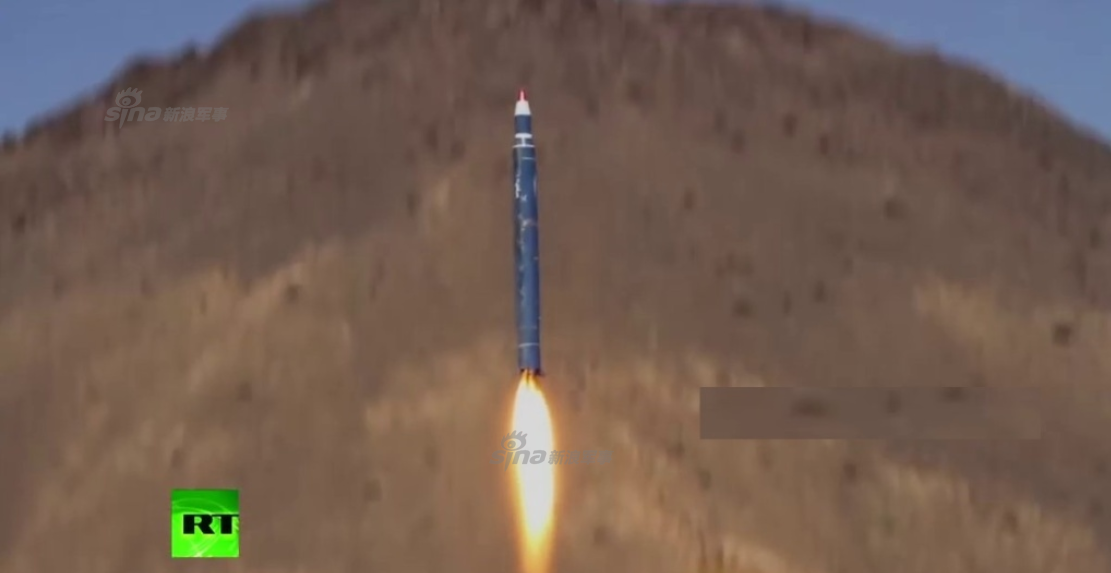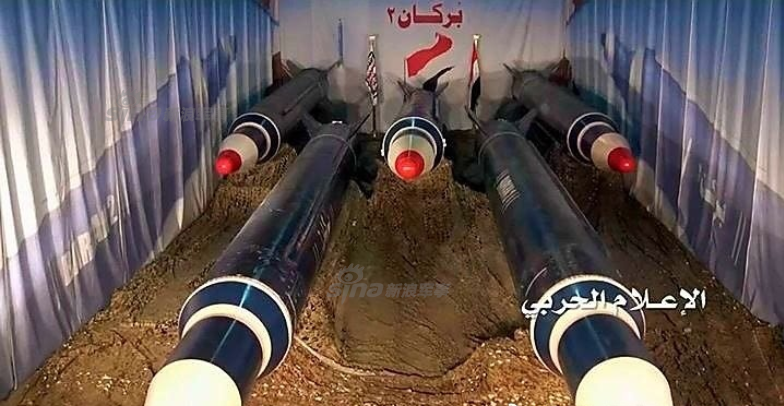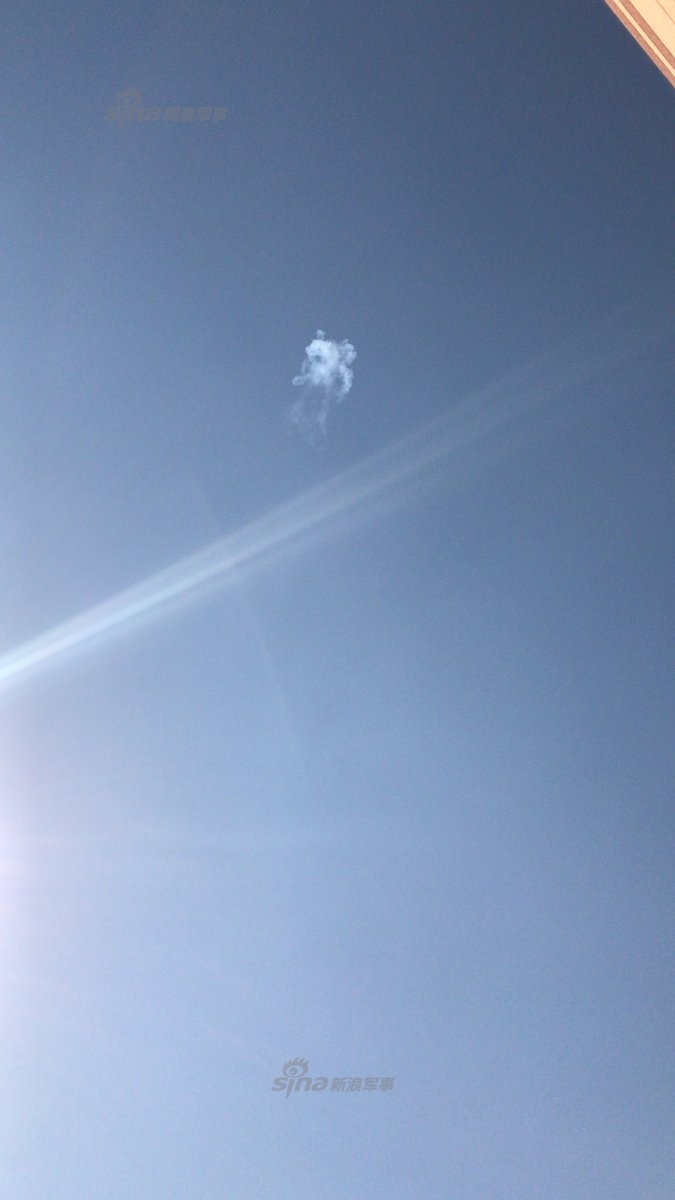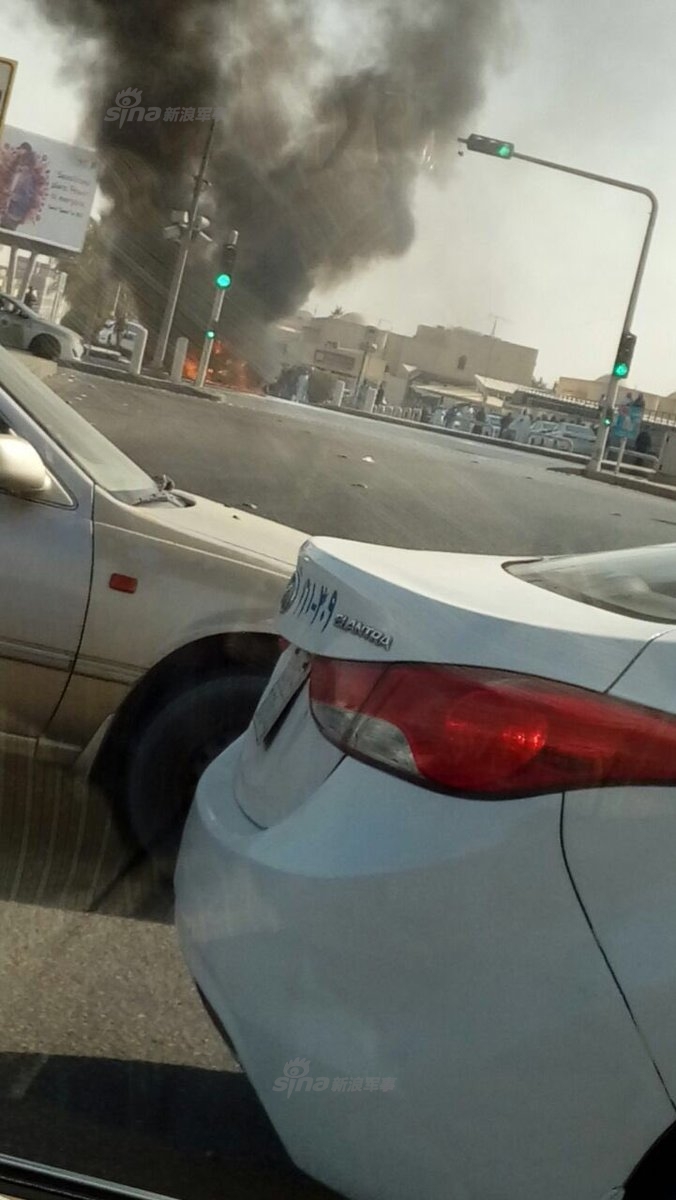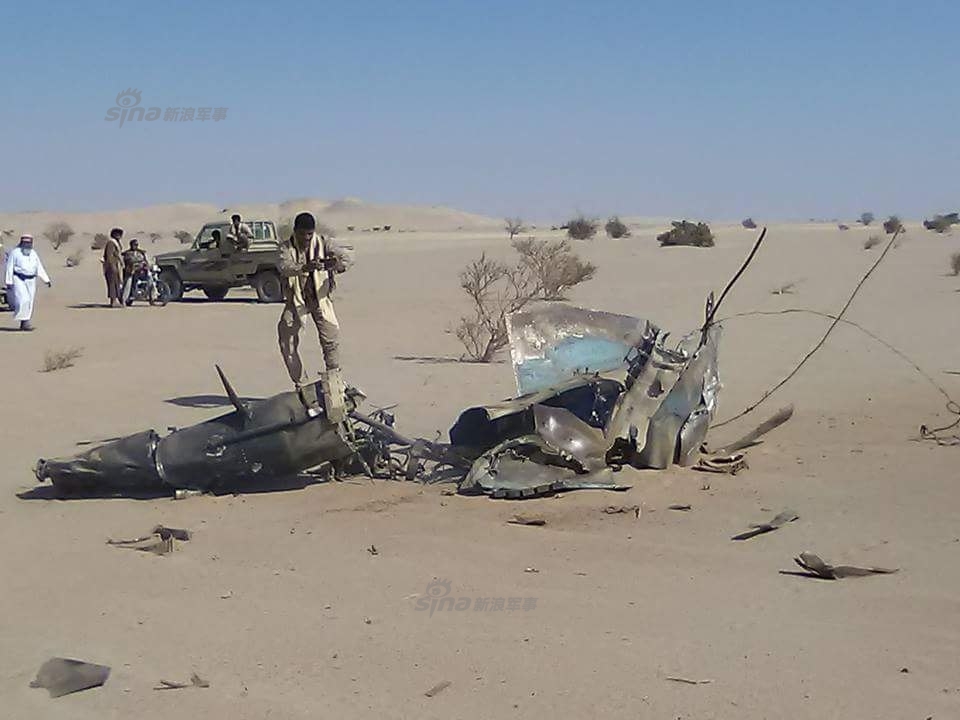- Joined
- Aug 11, 2008
- Messages
- 1,278
- Points
- 48
https://www.cnbc.com/2017/12/04/pat...failed-in-saudi-ballistic-missile-attack.html
Raytheon's Patriot defense system likely failed to stop Saudi missile attack: Report
Published 6:00 PM ET Mon, 4 Dec 2017 Updated 7:10 PM ET Mon, 4 Dec 2017 CNBC.com

Greg Mathieson | Mai | The LIFE Images Collection | Getty Images
A file photo of cannisters containing Patriot missiles to intercept missiles fired at Saudi Arabia or its neighboring countries.
New information calls into question whether an American-made Patriot missile defense system stopped a ballistic missile attack last month by rebels in Yemen at Saudi Arabia's capital city of Riyadh, The New York Times reported Monday.
President Donald Trump even touted the U.S. missile system to reporters the day after the incident happened.
"Our system knocked the missile out of the air," Trump was quoted as saying aboard Air Force One on his way to Japan on Nov. 4. "That's how good we are. Nobody makes what we make, and now we're selling it all over the world."
But the Times said a research team looking at evidence in photos and videos now believes those early reports were wrong and that "the missile's warhead flew unimpeded over Saudi defenses and nearly hit its target, Riyadh airport. The warhead detonated so close to the domestic terminal that customers jumped out of their seats."
CNBC reached out to the Pentagon for comment but a spokesman referred questions to the Saudis. CNBC also reached out to the Saudi Ministry of Defense but it didn't respond to an email request for comment.
U.S.-made air defense systems are relied on not only by the Saudis to defend against missile attacks from Iranian-backed Houthi rebels in Yemen but by South Korea, Japan and American forces to counter against North Korean missiles. But experts say the defense systems can miss targets and are not foolproof.
"Governments lie about the effectiveness of these systems," Jeffrey Lewis, director of the East Asia Nonproliferation program at the Middlebury Institute of International Studies in Monterey, California, who led the research team was quoted by the Times as saying. "And that should worry the hell out of us."
The claim that the missile was intercepted and destroyed Nov. 4 was carried by the Saudi Press Agency and other media outlets, which quoted a statement from the Arab coalition forces fighting in Yemen.
Still, the Times said information gleamed from social media, including videos, shows that "the pattern of missile debris littering Riyadh suggests missile defenses either hit the harmless rear section of the missile or missed it entirely."
In other words, the warhead itself was probably never intercepted by the Patriot defense system. That was despite the ballistic missile traveling just more than 600 miles from its estimated launch location in Yemen.
Furthermore, the paper said there was an explosion about 12 miles away from the Riyadh airport that is likely an indication "the warhead continued unimpeded toward its target." It pointed out that the missile's warhead is "smaller and harder to hit."
Raytheon, maker of the Patriot missile system, said on its website that the defense technology has been used by five nations in more than 200 combat engagements, both against tactical ballistic missiles, cruise missiles as well as aircraft. It said "more than 100 ballistic missiles" have been successfully intercepted in combat operations around the world.
Raytheon didn't immediately respond to a CNBC request for comment.
Click here to read the full story from the New York Times.
WATCH: China's grave concerns about N. Korea's latest missile test

China has 'grave concerns' about North Korea's latest missile test 8:54 AM ET Wed, 29 Nov 2017 | 00:41

Jeff DanielsCoordinating Producer
Related Securities
Raytheon's Patriot defense system likely failed to stop Saudi missile attack: Report
- New information appears to show a Patriot defense system may have failed to stop last month's missile attack on Saudi Arabia's capital city.
- Reports after the Nov. 4 incident indicated that the Saudis had intercepted the missile fired by Iranian-backed Houthi rebels from Yemen.
- The downing was even touted by President Trump, although the New York Times said it's likely "the missile's warhead flew unimpeded over Saudi defenses."
Published 6:00 PM ET Mon, 4 Dec 2017 Updated 7:10 PM ET Mon, 4 Dec 2017 CNBC.com

Greg Mathieson | Mai | The LIFE Images Collection | Getty Images
A file photo of cannisters containing Patriot missiles to intercept missiles fired at Saudi Arabia or its neighboring countries.
New information calls into question whether an American-made Patriot missile defense system stopped a ballistic missile attack last month by rebels in Yemen at Saudi Arabia's capital city of Riyadh, The New York Times reported Monday.
President Donald Trump even touted the U.S. missile system to reporters the day after the incident happened.
"Our system knocked the missile out of the air," Trump was quoted as saying aboard Air Force One on his way to Japan on Nov. 4. "That's how good we are. Nobody makes what we make, and now we're selling it all over the world."
But the Times said a research team looking at evidence in photos and videos now believes those early reports were wrong and that "the missile's warhead flew unimpeded over Saudi defenses and nearly hit its target, Riyadh airport. The warhead detonated so close to the domestic terminal that customers jumped out of their seats."
CNBC reached out to the Pentagon for comment but a spokesman referred questions to the Saudis. CNBC also reached out to the Saudi Ministry of Defense but it didn't respond to an email request for comment.
U.S.-made air defense systems are relied on not only by the Saudis to defend against missile attacks from Iranian-backed Houthi rebels in Yemen but by South Korea, Japan and American forces to counter against North Korean missiles. But experts say the defense systems can miss targets and are not foolproof.
"Governments lie about the effectiveness of these systems," Jeffrey Lewis, director of the East Asia Nonproliferation program at the Middlebury Institute of International Studies in Monterey, California, who led the research team was quoted by the Times as saying. "And that should worry the hell out of us."
The claim that the missile was intercepted and destroyed Nov. 4 was carried by the Saudi Press Agency and other media outlets, which quoted a statement from the Arab coalition forces fighting in Yemen.
Still, the Times said information gleamed from social media, including videos, shows that "the pattern of missile debris littering Riyadh suggests missile defenses either hit the harmless rear section of the missile or missed it entirely."
In other words, the warhead itself was probably never intercepted by the Patriot defense system. That was despite the ballistic missile traveling just more than 600 miles from its estimated launch location in Yemen.
Furthermore, the paper said there was an explosion about 12 miles away from the Riyadh airport that is likely an indication "the warhead continued unimpeded toward its target." It pointed out that the missile's warhead is "smaller and harder to hit."
Raytheon, maker of the Patriot missile system, said on its website that the defense technology has been used by five nations in more than 200 combat engagements, both against tactical ballistic missiles, cruise missiles as well as aircraft. It said "more than 100 ballistic missiles" have been successfully intercepted in combat operations around the world.
Raytheon didn't immediately respond to a CNBC request for comment.
Click here to read the full story from the New York Times.
WATCH: China's grave concerns about N. Korea's latest missile test

China has 'grave concerns' about North Korea's latest missile test 8:54 AM ET Wed, 29 Nov 2017 | 00:41

Jeff DanielsCoordinating Producer
Related Securities




